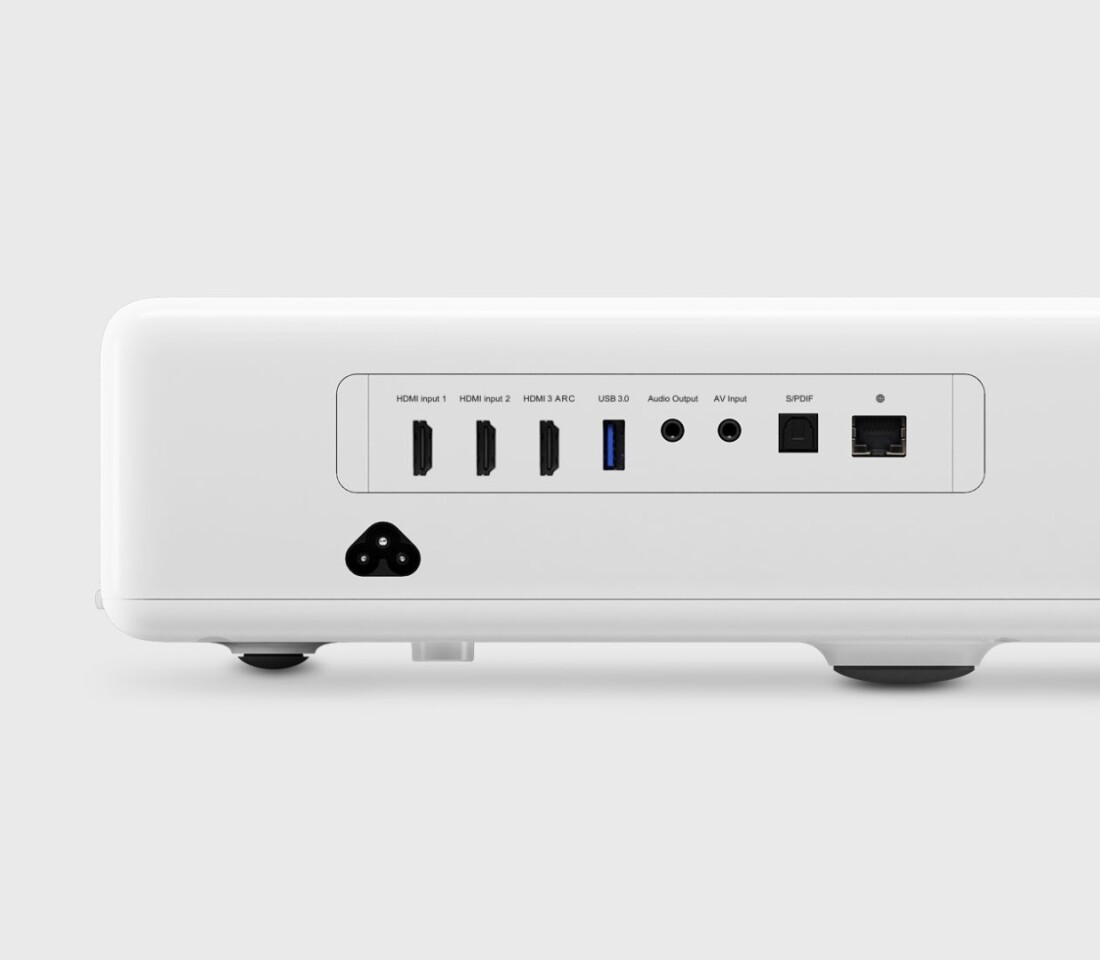Xiaomi has announced an affordable, short-throw laser projector designed to display cinema-quality images. The Chinese company is initially only releasing the projector in its home market from early July, but priced at less than US$1,500 it could prove to be a game-changing product if it garners a wider release.
The Xiaomi Mi Projector boasts a maximum brightness of 5,000 lumens with a static contrast ratio of 3,000:1. The ALPD 3.0 laser display technology the projector relies on is produced by the same company that provides laser projection to the majority of cinemas in China.
The unit comes with a built-in speaker, three HDMI ports, one USB 3.0 port, a network port and optical audio output. The company also claim that the device should run for 25,000 hours without any lens replacement. This equates to about 17 years running four hours a day.
The unit measures 16.1 x 11.5 x 3.9 in (410 x 291 x 88 mm) and its short-throw lens only needs to be 20 in (50 cm) from a wall to project the maximum 150-in diagonal spread, but it can still produce a 50-in display when plum against the wall.

The only drawback we can really find is that the projector only displays 1080p, but this is where the price point really becomes Xiaomi's strength. Set to retail in China at ¥9,999 (under US$1,500), it brings laser projectors within reach of a lot of consumers. Optoma released a pretty impressive UHD projector recently for under 2K, but if Xiaomi can up the display resolution and get this into international markets for a similar price then it will be hard to beat.
Chinese customers can grab one of the Mi Projectors from July 4. There's no word on a wider release at this stage.
Source: Xiaomi Today / Mi (in Chinese)













